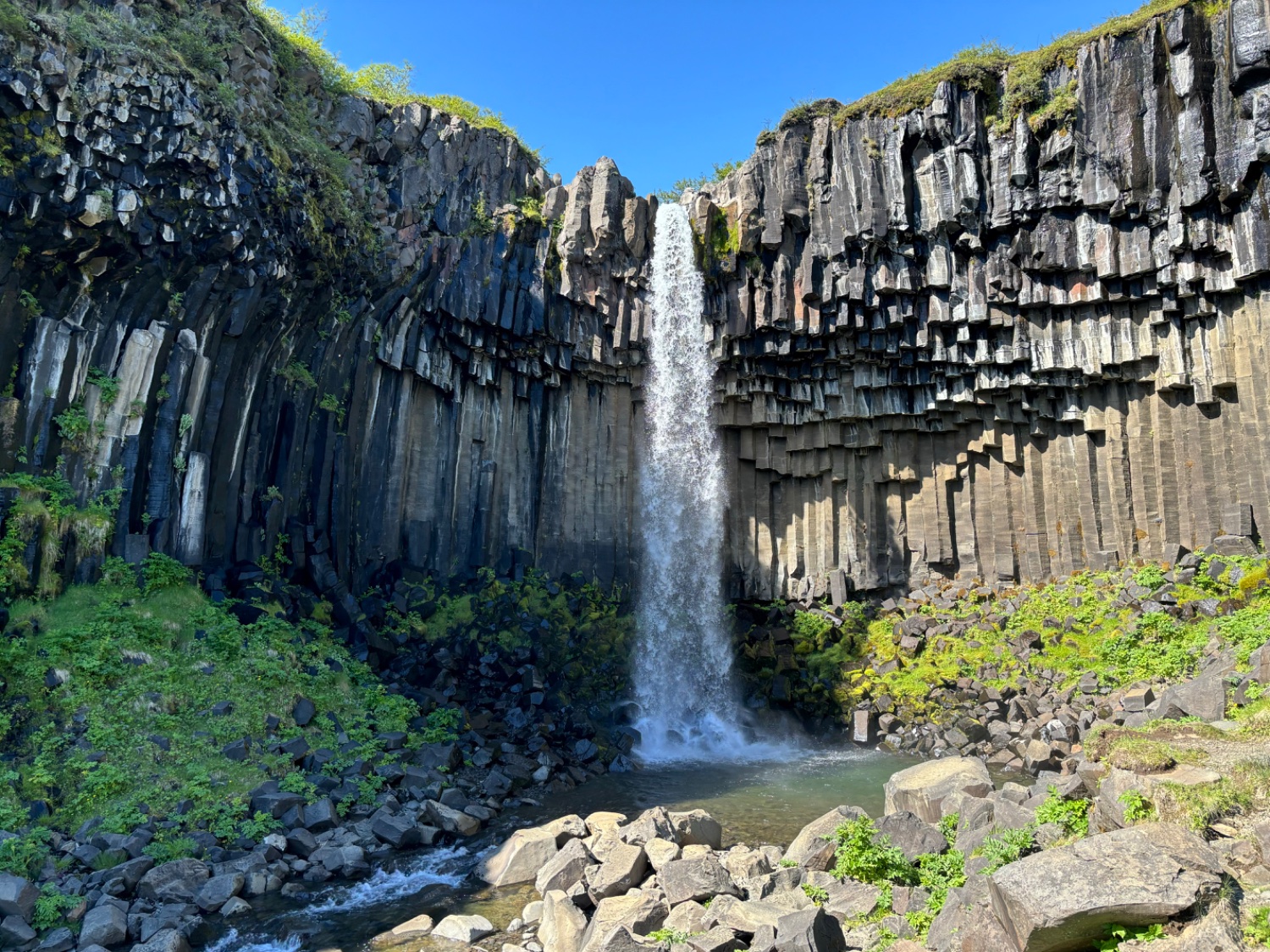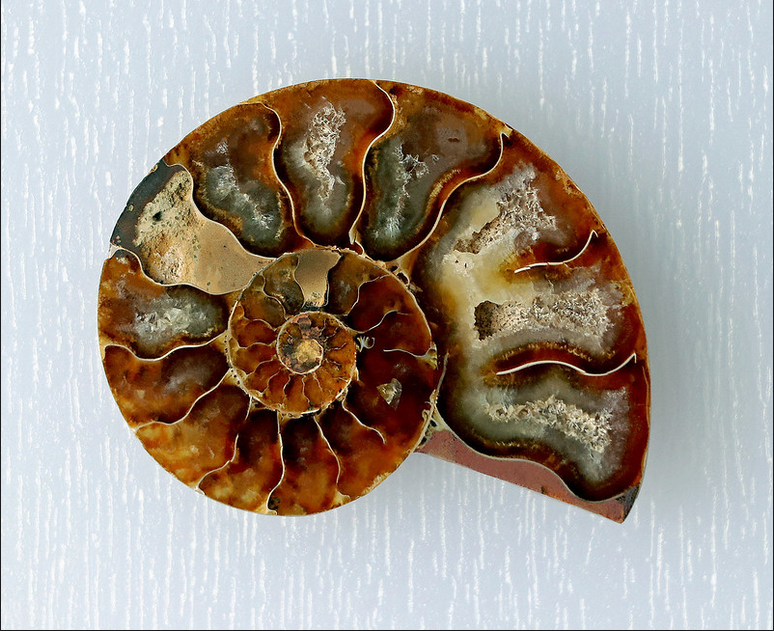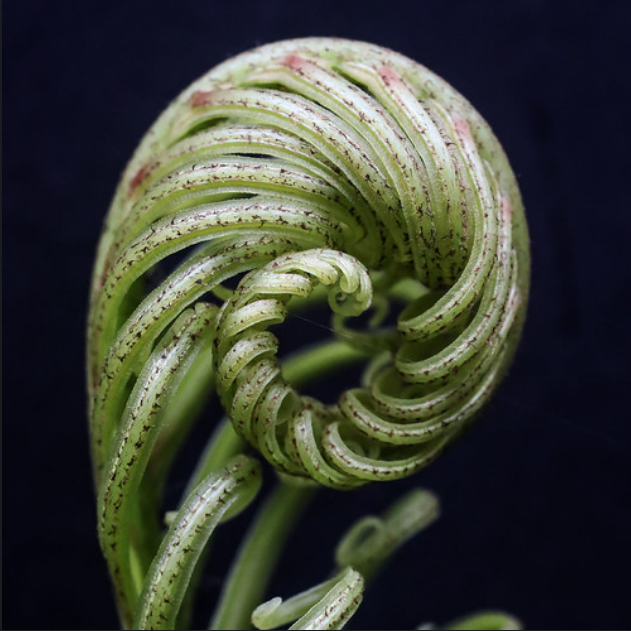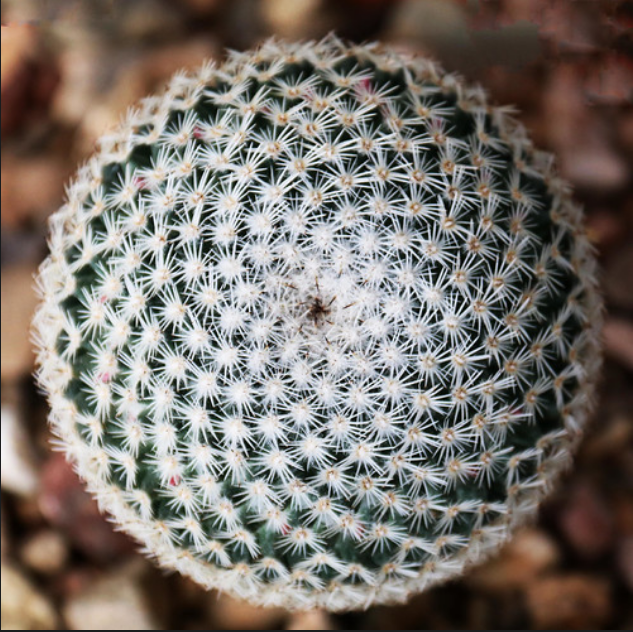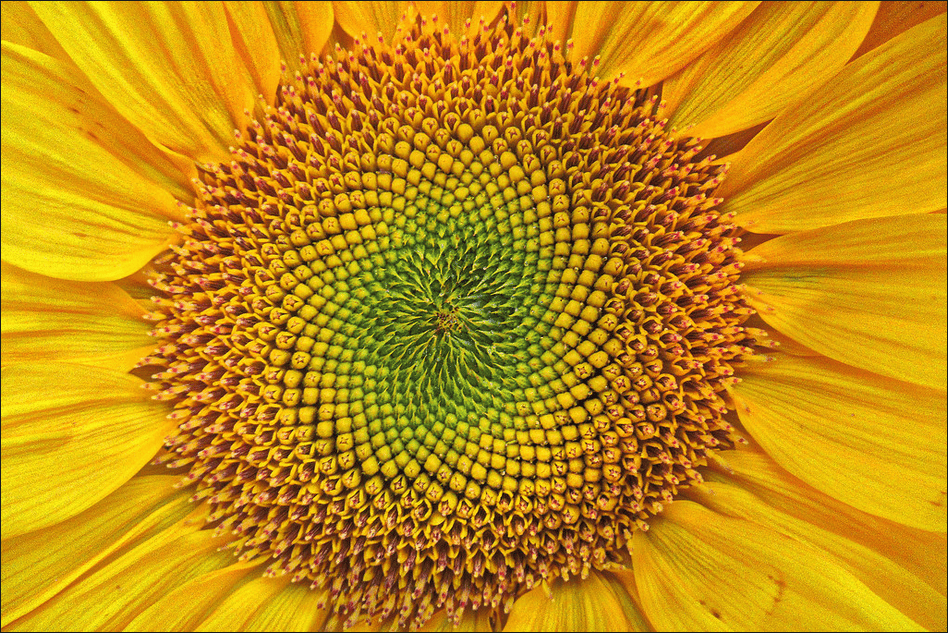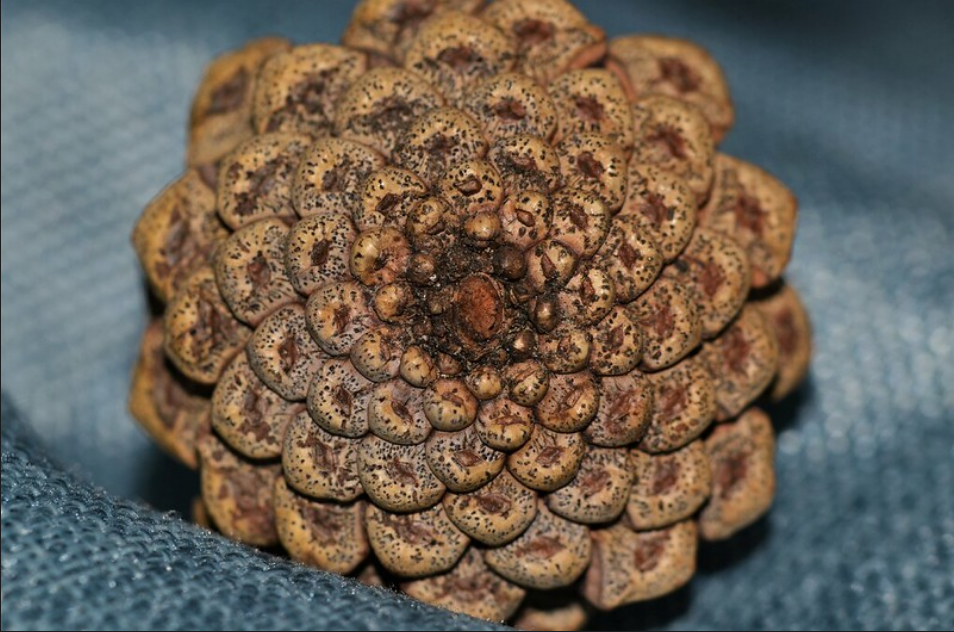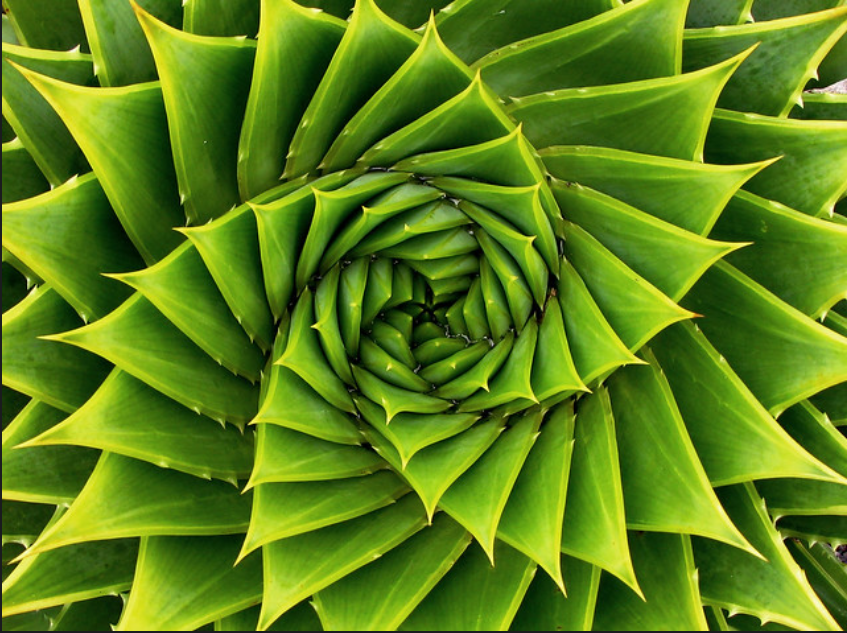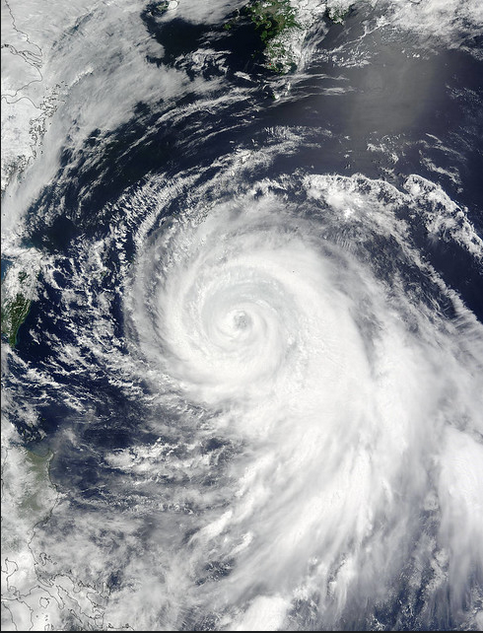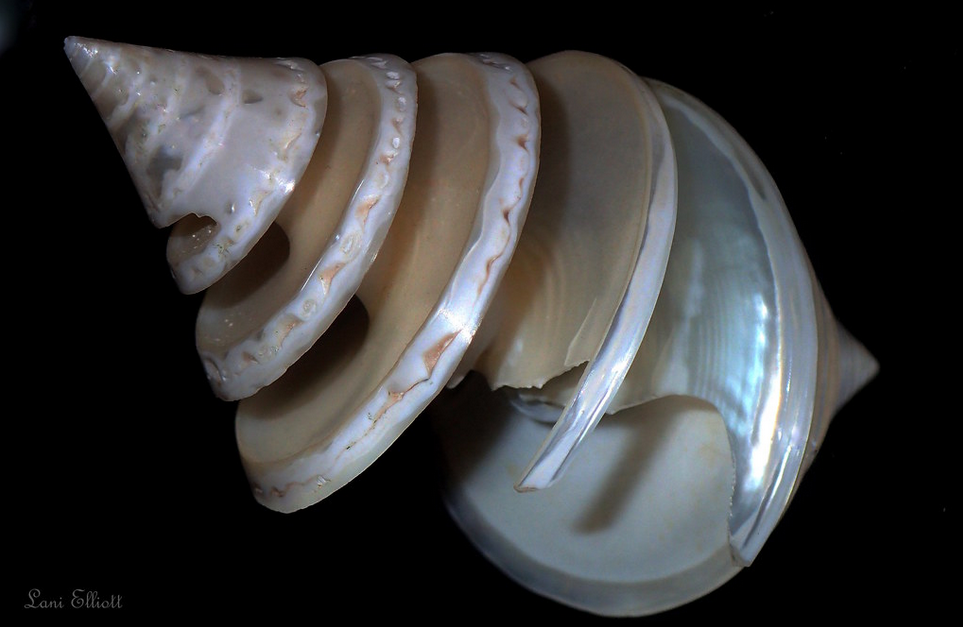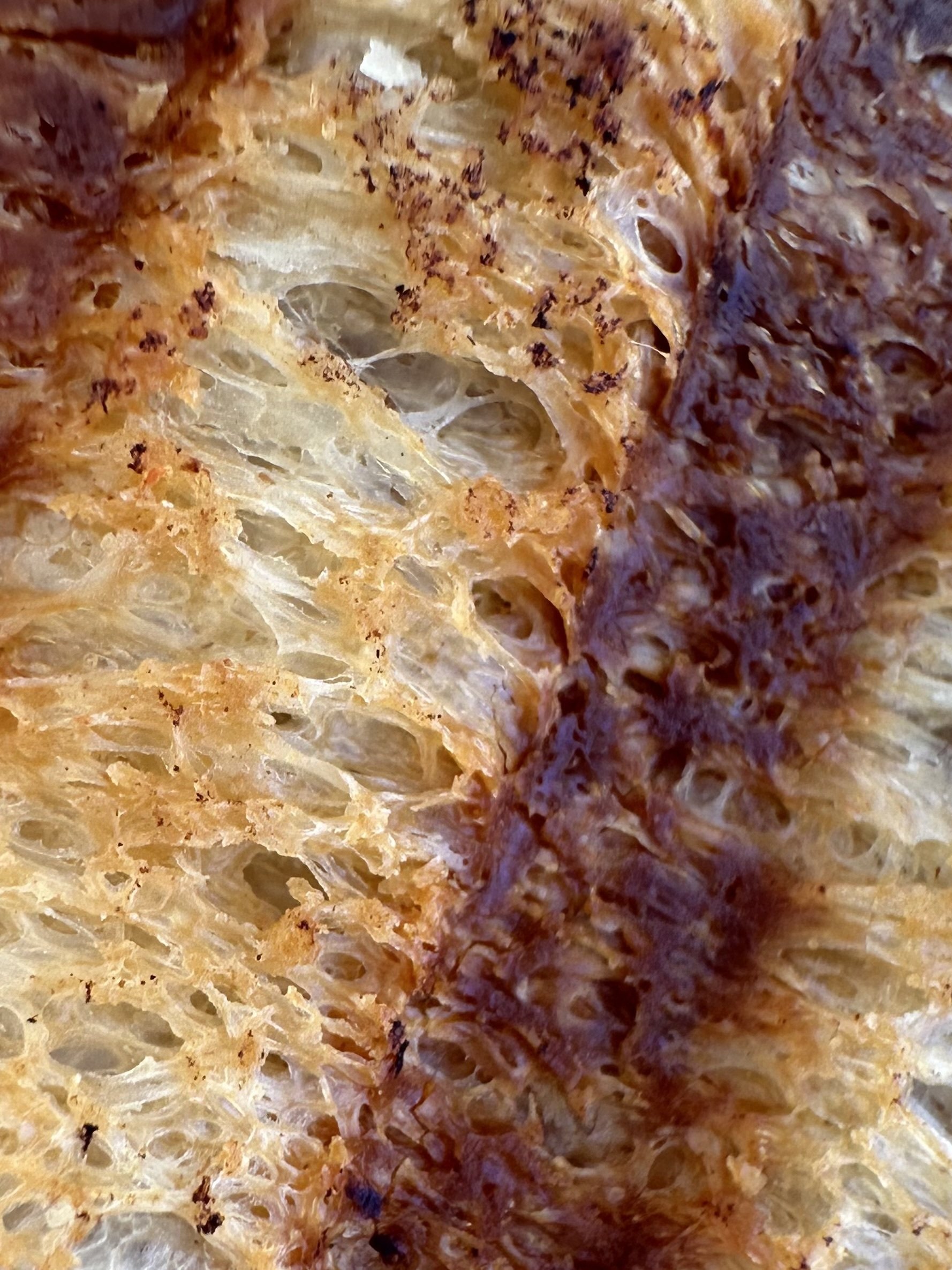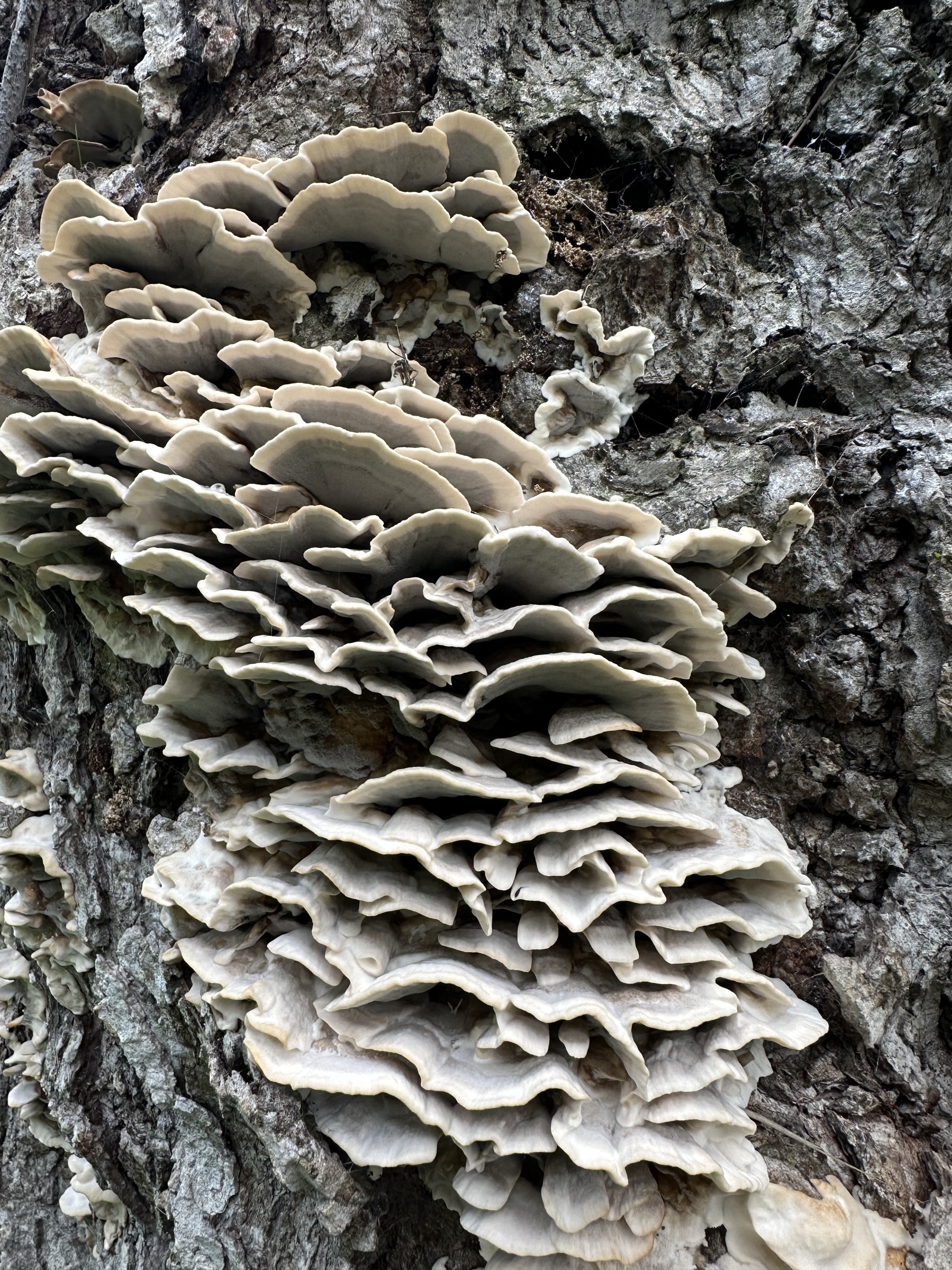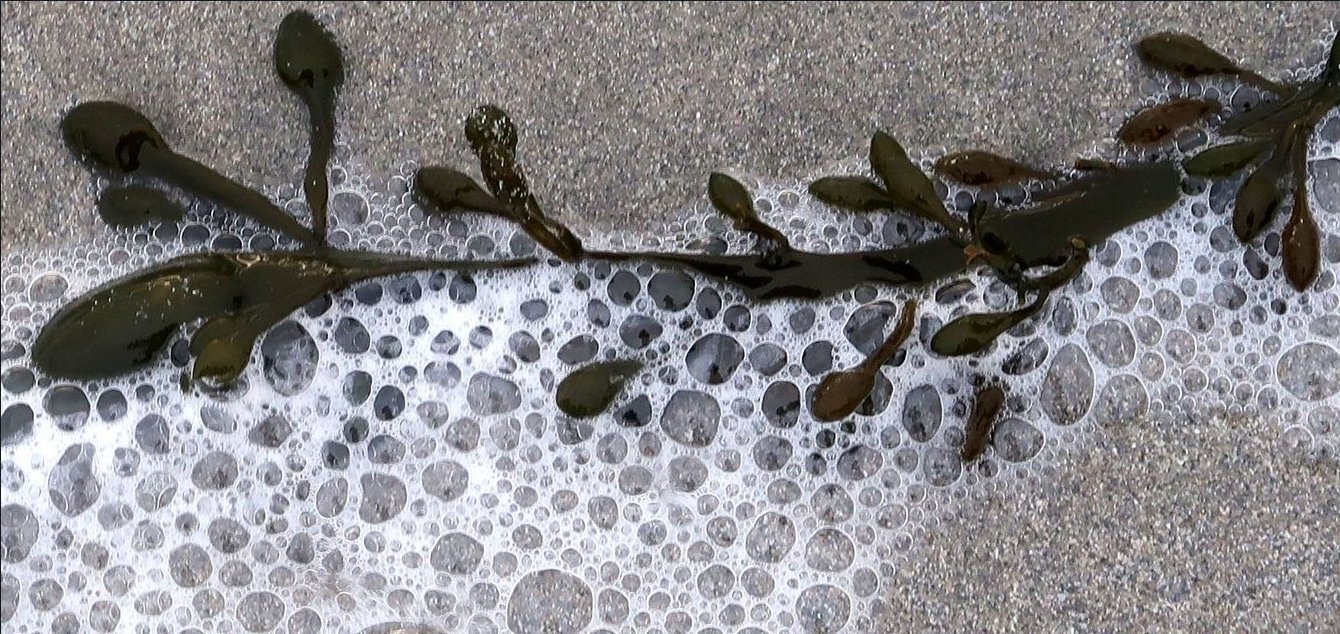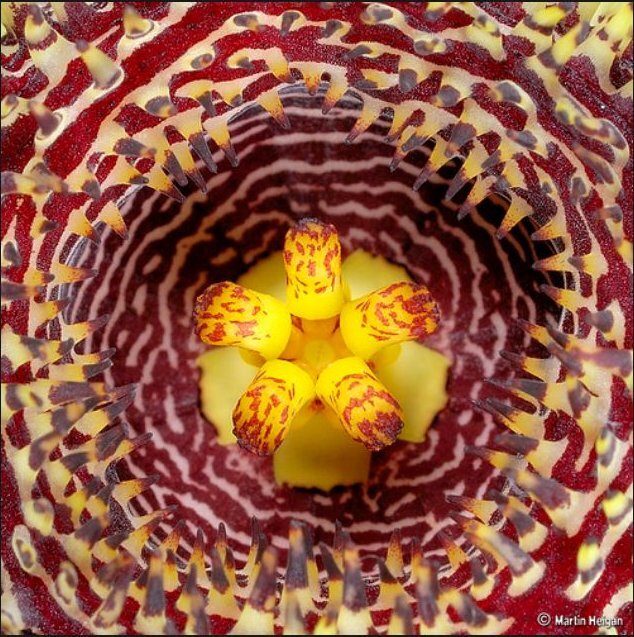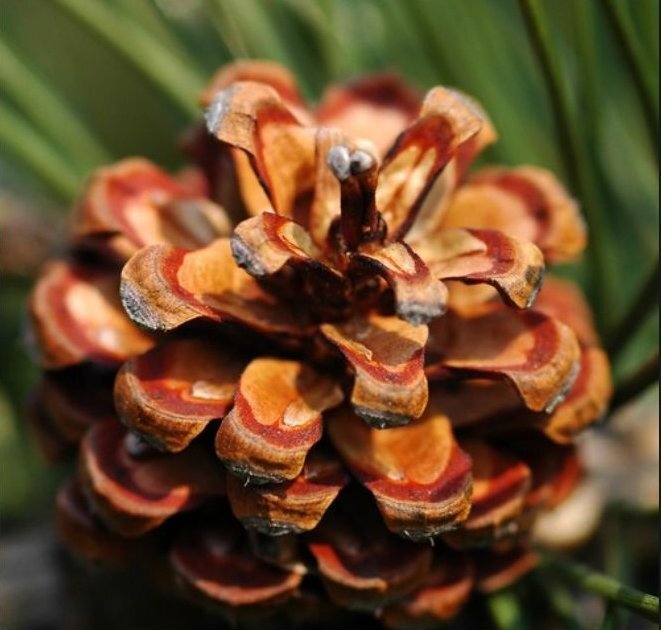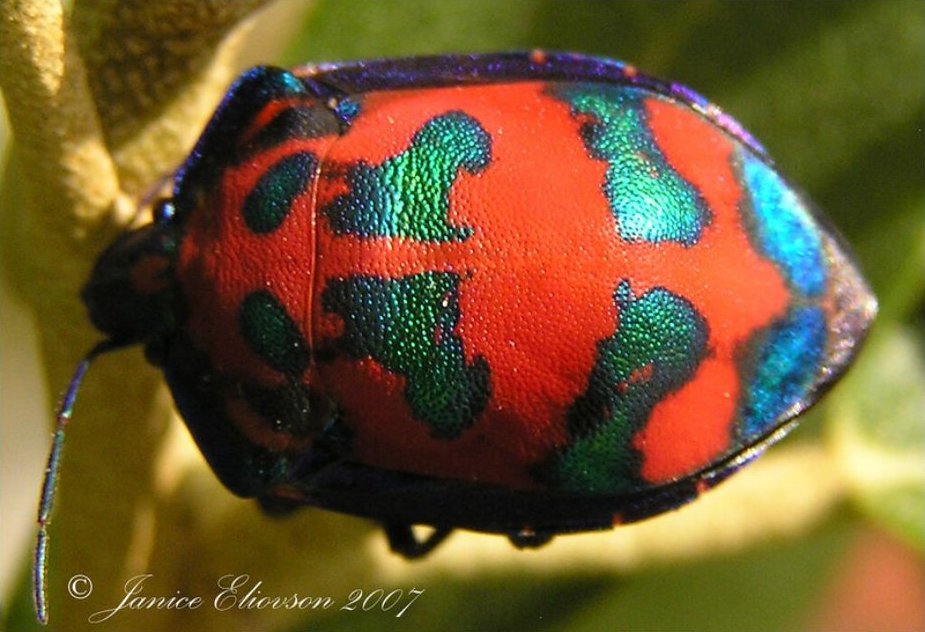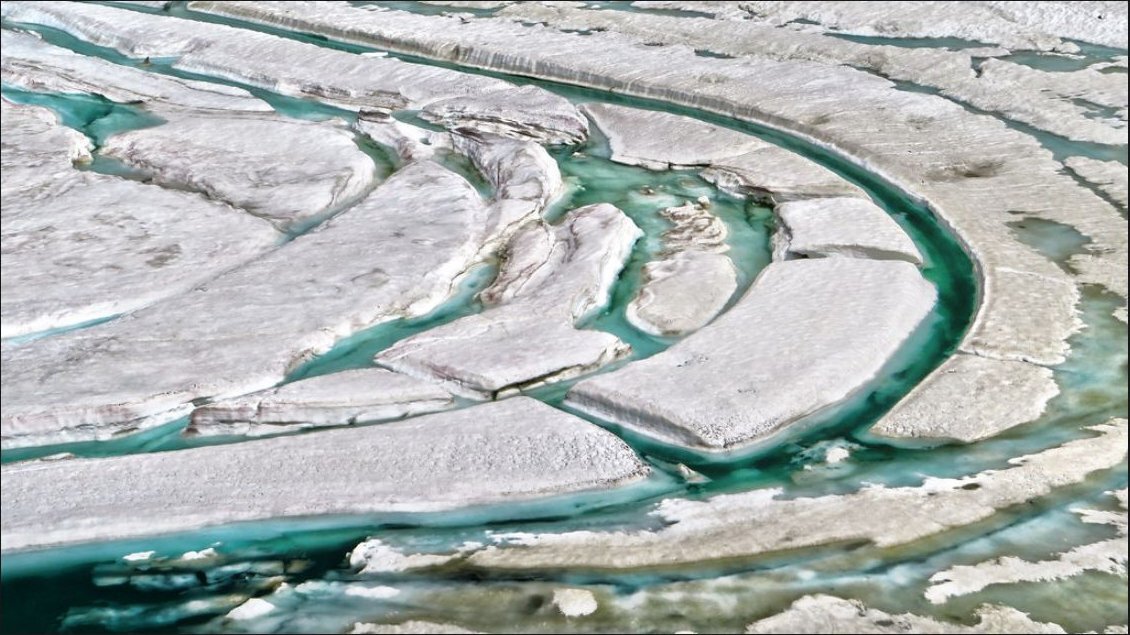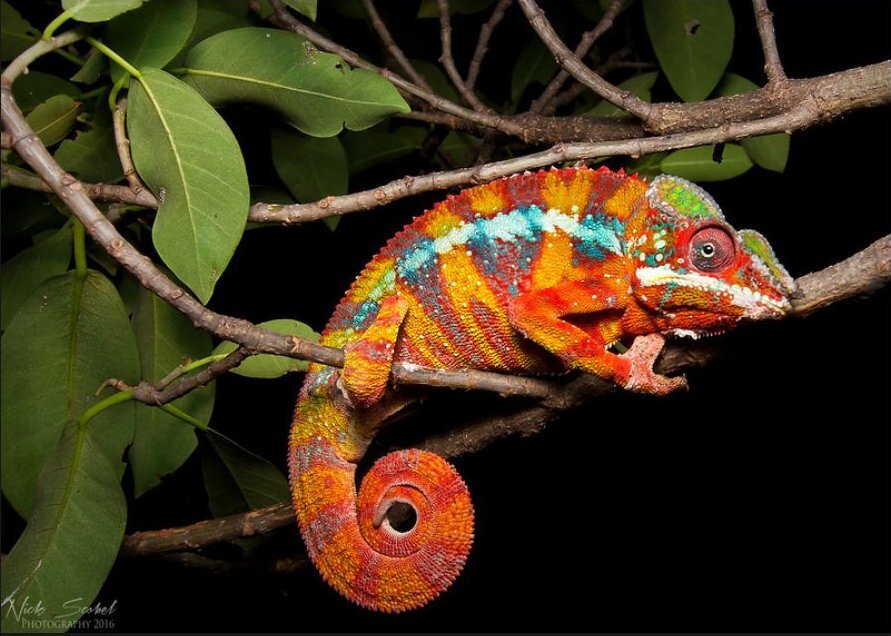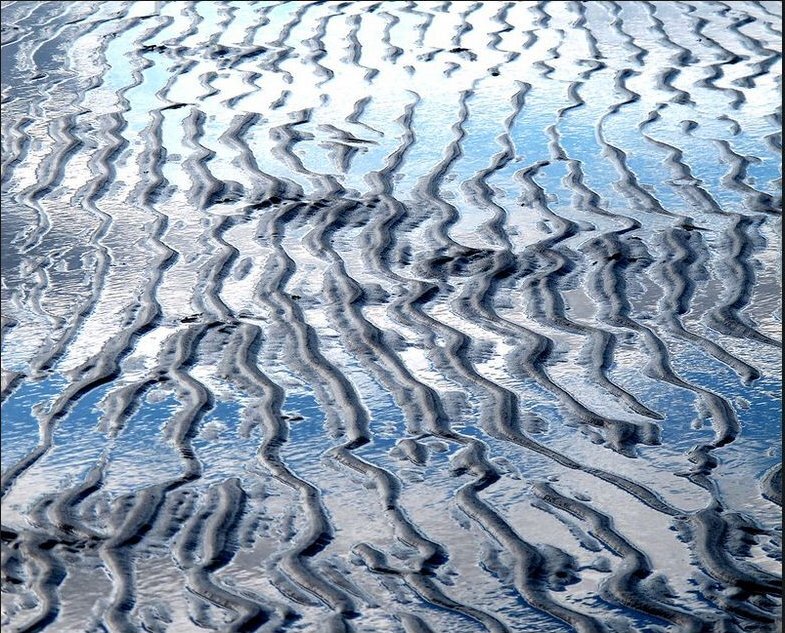Nature's Patterns - the beauty in the details
776 readers
1 users here now
Lots of communities are dedicated to nature's big pictures, the breathtaking vistas and scenic landscapes. Those are all great, but I find the details of the natural world to be just as much of a draw.
From ripples in sand, to whorls in bark, this community celebrates the beauty in the little patterns and textures of nature.
founded 1 year ago
MODERATORS
1
2
3
4
5
6
7
8
9
10
11
12
13
14
15
16
17
18
19
20
21
22
23
24
25
view more: next ›
